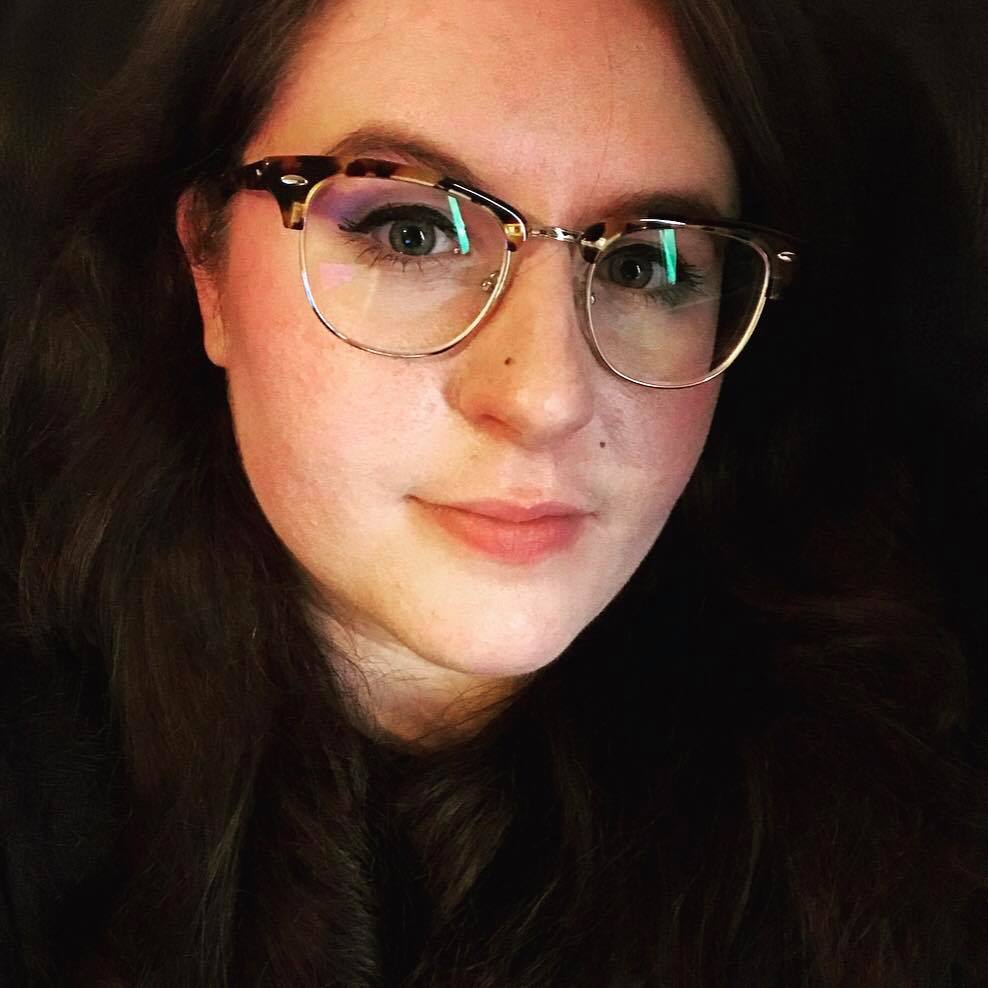With an interest in chemistry, physics and medicine, Maisie Keogh wasn't sure which area of science she should pursue at university. By keeping her options open she has combined multiple disciples into a PH.D in Biomedical Engineering. Motivated by a desire to help others through her work, Maisie told us about her career journey for International Women In Engineering Day.

Name:
Maisie Keogh
Current Job or Role:
Doctoral Researcher in Biomedical Engineering
What do you most enjoy about your job:
My work focuses on stroke rehabilitation and therefore is very patient-centric. I am trying to combine cutting-edge technology that is typically used in the gaming industry and applying this to improving the outcomes we can achieve for those who have suffered from a stroke. Typically, movement is one of the worst affected functions following a stroke along with speech and cognition and that is why we are trying to develop affordable and accessible techniques to assist in both upper and lower limb rehabilitation. We are really excited about incorporating gaming technology into the programmes we develop and are confident we can make a real difference to people’s lives.
What is one piece of advice to any young women who want to go into engineering?
I would say that being proactive is one of the best ways to help you stand out in engineering. Make the most of all the opportunities that come your way whether that is applying for internships, placements or volunteering roles. Extra-curricular activities can teach you invaluable skills, especially ones you might not pick up from your formal learning. So don’t be afraid to be bold and apply for anything that catches your eye - this discipline of engineering needs people like you and the contribution you will make is a vital one!
How did you get into Biomedical Engineering?
I have always had a passion for STEM and luckily was encouraged to pursue this by female educators who were motivating, inspiring and determined to see me succeed. I started off choosing to study Highers which I enjoyed and selected Mathematics, Human Biology, Chemistry and Physics.
As I was still a little bit unsure about what I wanted to study at university, I decided to take a year and completed a HNC in Applied Science which allowed me to look at each of these subjects in more detail. Finally, I decided that I wanted to pursue Physics and I started my undergraduate degree at the University of Glasgow. However, after completing the first year I realised that I actually preferred chemistry and I decided to switch programmes and complete a degree in this subject. I always enjoyed the laboratory aspects of chemistry and as it is such a practical this suited me.
Once I graduated with a BSc in chemistry, I decided that I wanted to try rediscover physics whilst incorporating my other passion, medicine, into a degree. That’s when I applied to the University of Strathclyde to study Biofluid Mechanics, a combination of physics and medicine. In the department of Biomedical Engineering, I was able to use all of my theoretical knowledge and apply it to medical-based problems. Once I had completed my master’s I was asked if I would be keen to apply to do a Ph.D. in the department in the area of rehabilitation engineering and I was thrilled when I was accepted! I now have the ability to work with patients at hospitals across Glasgow, to conduct my research in a state-of-the-art biomechanics’ laboratory at the University of Strathclyde and to help people which has been my primary aim since starting my academic journey.
I have been inspired by so many fantastic women who have supported me and helped to create an environment where I can thrive and now I do the same for other women starting their own journeys in STEM.

